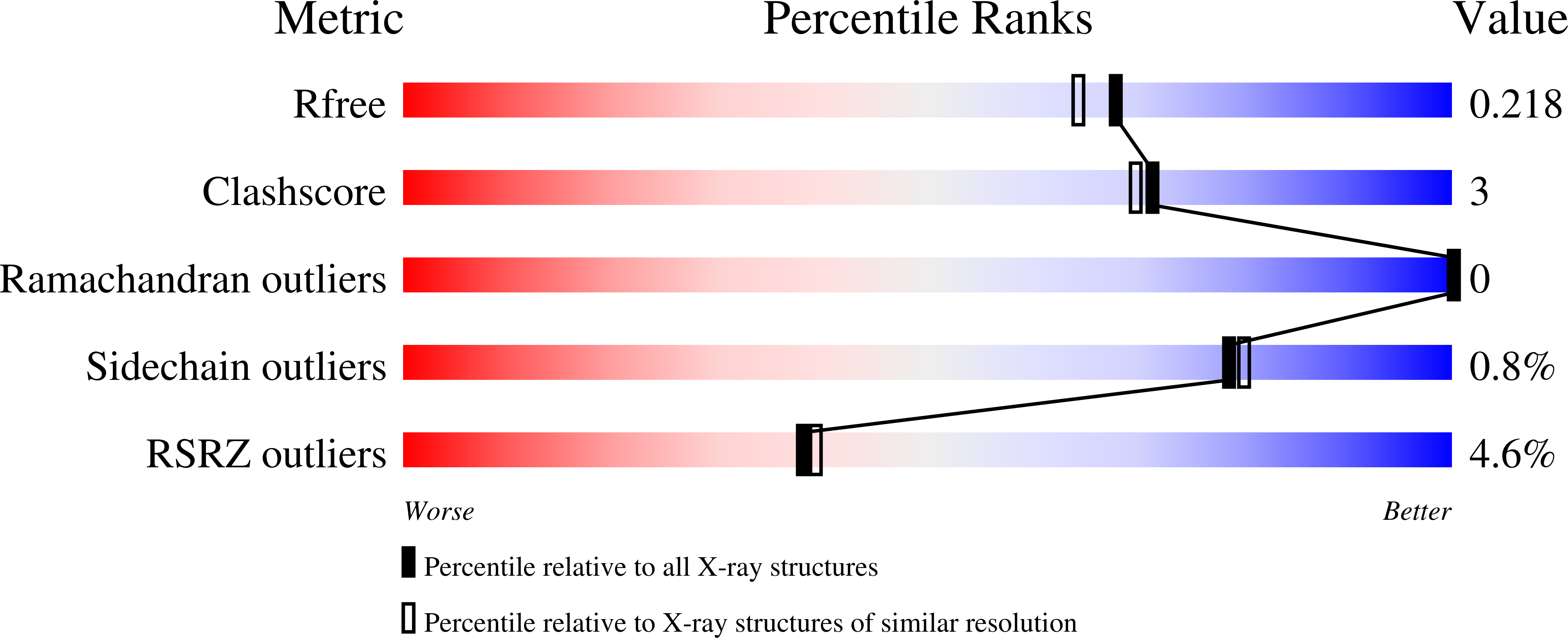
Deposition Date
2024-10-08
Release Date
2024-10-23
Last Version Date
2025-01-22
Entry Detail
PDB ID:
9DW6
Keywords:
Title:
Crystal structure of SARS-CoV-2 main protease (Mpro) C145A mutant in complex with peptide from human tRNA methyltransferase TRMT1
Biological Source:
Source Organism:
Severe acute respiratory syndrome coronavirus 2 (Taxon ID: 2697049)
Homo sapiens (Taxon ID: 9606)
Homo sapiens (Taxon ID: 9606)
Host Organism:
Method Details:
Experimental Method:
Resolution:
1.90 Å
R-Value Free:
0.21
R-Value Work:
0.18
R-Value Observed:
0.18
Space Group:
P 21 21 21


